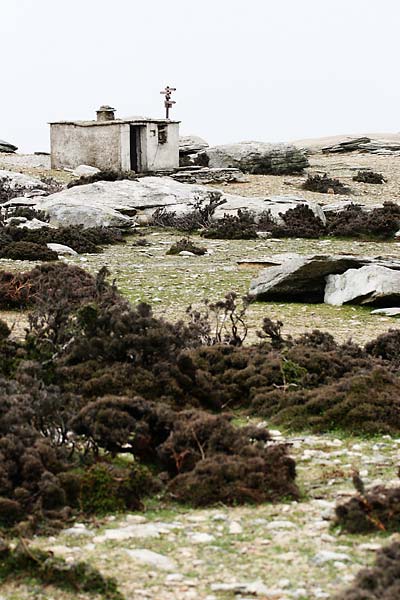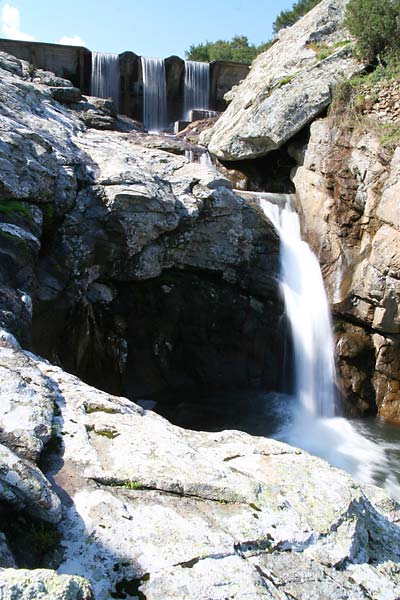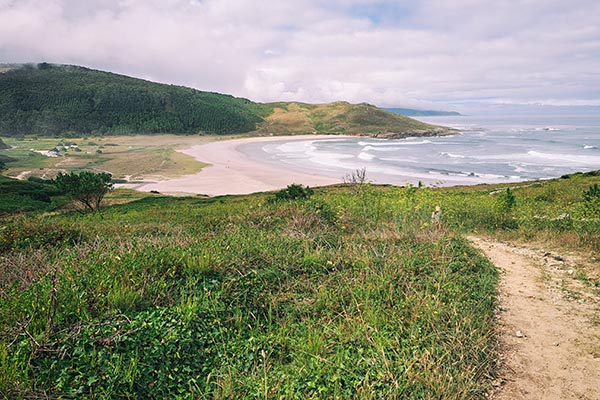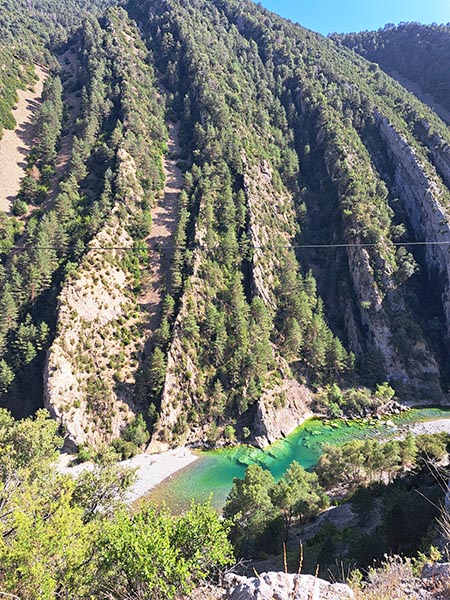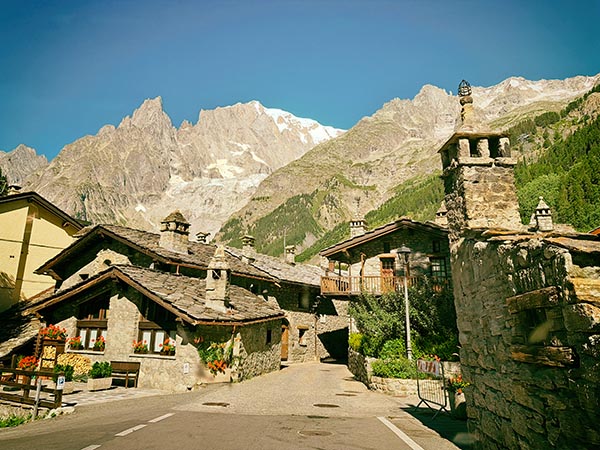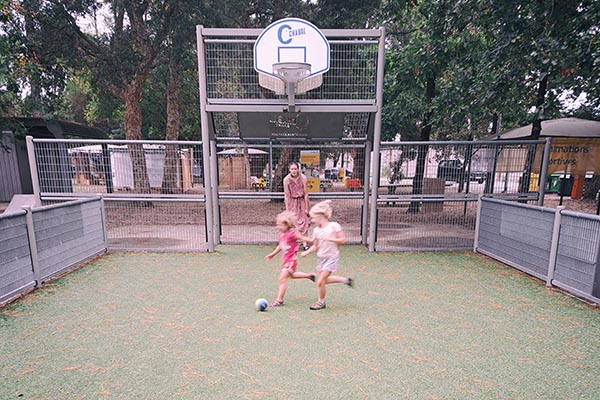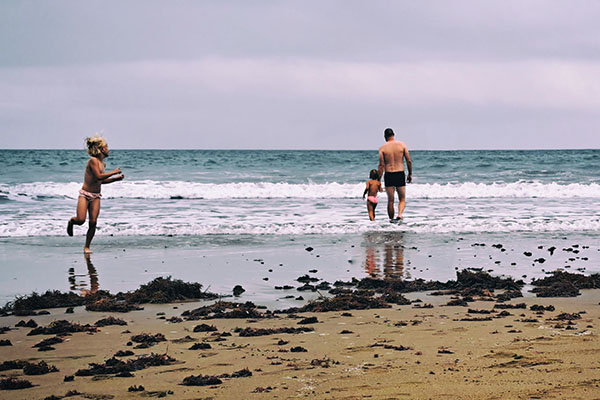Hitchhikers guide to Ikaria
Just stick your thumb out and the first car to pass is likely to pick you up. That’s the short version :)
Anyhow… short of buying or renting a car, hitching is pretty much the only way to move around Ikaria. And very reliable one at that. Except on weekends and really remote roads (relatively speaking of course, since everything is rather remote by usual standards) you’re bound to get a lift within 15 minutes. Even if they don’t appear to have any space left you’ll just end up sitting on someone’s lap or hang halfway out the window sharing a seat with fellow passengers :)
The ride will most likely be one of the pickup trucks (Toyota Hilux, Nissan Navara, Mitsubishi L200, Mazda B series, Isuzu D-Max, Ford Ranger etc.) of every imaginable generation. They all still run after several decades on less than favorable terrain. As do small 4x4s such as Suzuki Vitara, Jimny, Samurai, Lada Niva, Daihatsu Terios etc. These are probably the most useful cars IMO as the roads are narrow, rough and some turns impossibly tight.
The other most common form is the delivery van. Nissan Vannete seems to be very popular but only has two seats (but as mentioned above that’s hardly an issue). Other cars vary from old Yugos (apparently some made it out of Yugoslavia and all ended up on Ikaria), various FIATs, Hyundais, Toyotas and the like. Most show signs of serious abuse (have I mentioned the roads aren’t all that good?) :)
I’ll end this with some photos (see many more in gallery)

Charakas river, photo copyright: Archipelagos/Jernej Burkeljca
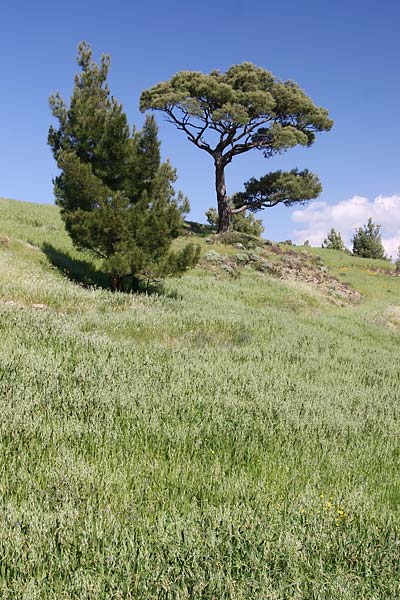
wheat fields above Kato Raches, photo copyright: Archipelagos/Jernej Burkeljca
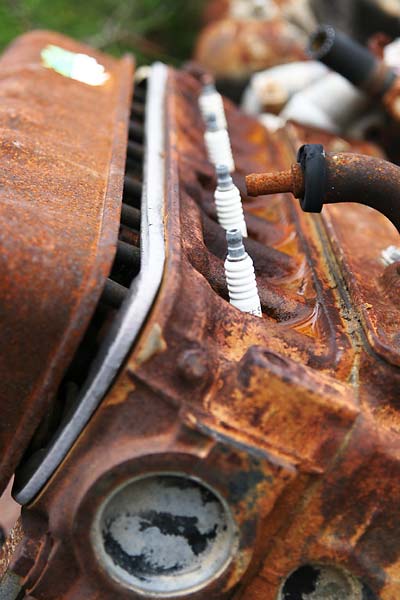
rusted engine block
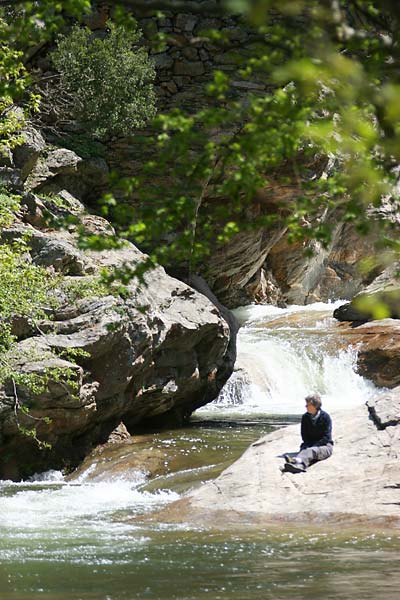
Jude’s mum & Chalares river , photo copyright: Archipelagos/Jernej Burkeljca
 Comments(2)
Comments(2)